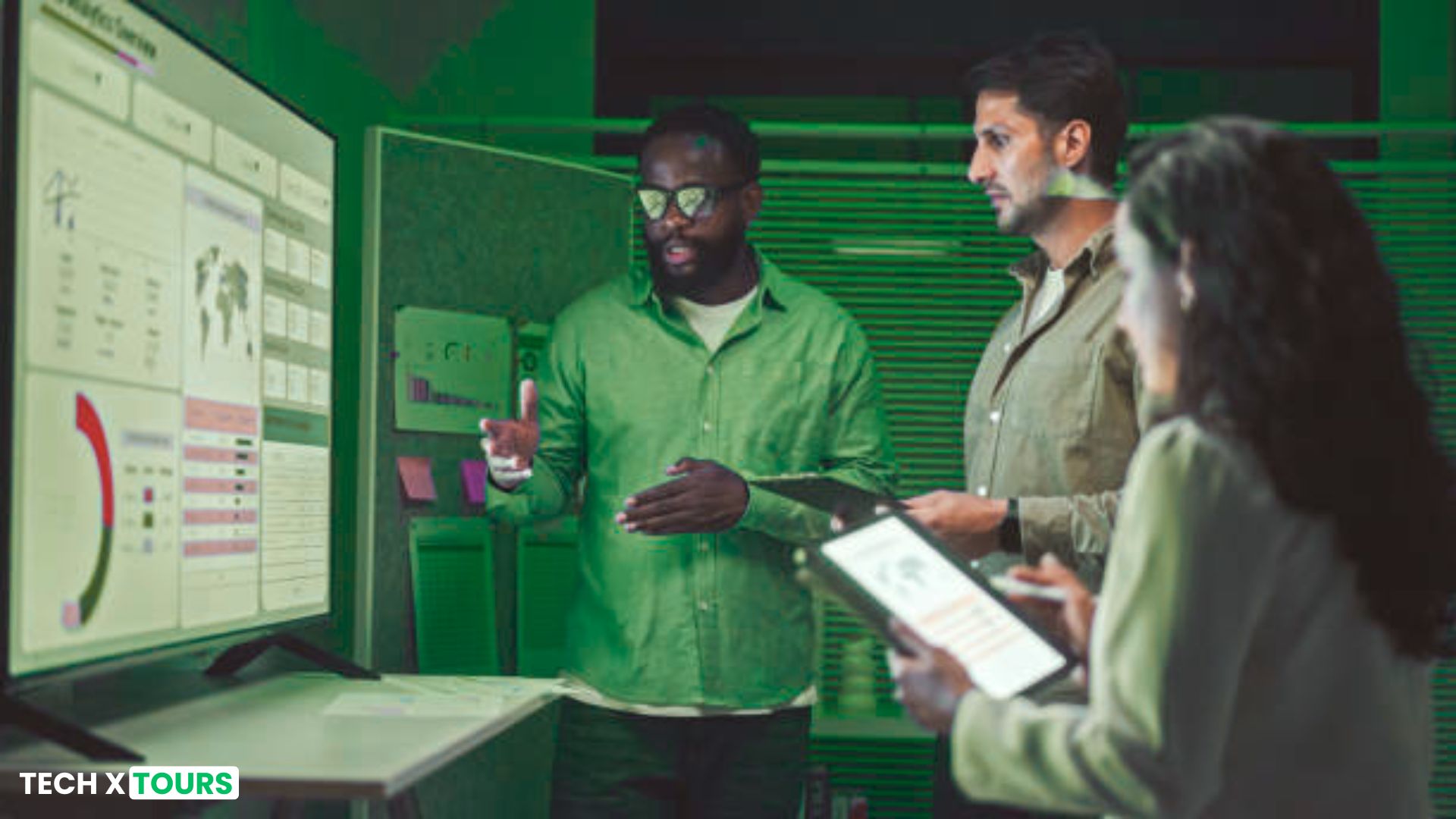In today’s fast-paced world, the tourism industry is evolving rapidly, with travelers seeking more personalized and immersive experiences. Tour guides play a pivotal role in shaping these experiences, and leveraging advanced tour guide solutions can significantly enhance the quality of service provided.
This article delves into various innovative solutions designed to address common challenges faced by tour guides, ensuring memorable and engaging experiences for tourists.
The Evolving Role of Tour Guides

Traditionally, tour guides have been the primary source of information for travelers, offering historical facts, cultural insights, and logistical support. However, with the advent of technology and changing traveler expectations, the role of tour guides has expanded to include:
- Personalization: Tailoring experiences to individual preferences.
- Interactivity: Engaging tourists through interactive storytelling and activities.
- Multilingual Support: Catering to a diverse audience by overcoming language barriers.
- Real-Time Updates: Providing up-to-date information on schedules, weather, and local events.
To meet these evolving demands, tour guides must adopt innovative solutions that enhance their capabilities and address common challenges.
Challenges Faced by Tour Guides
Tour guides encounter several obstacles that can impact the quality of the tourist experience:
- Language Barriers: Communicating effectively with tourists from different linguistic backgrounds.
- Information Overload: Condensing vast amounts of information into engaging narratives.
- Personalization: Adapting tours to meet the varied interests of participants.
- Time Management: Ensuring tours run smoothly within the allotted time.
- Technological Integration: Incorporating modern technology to enhance the tour experience.
Addressing these challenges requires a multifaceted approach, combining technological tools with strategic planning.
Technological Solutions for Tour Guides

Embracing technology can significantly enhance the efficiency and effectiveness of tour guides. Here are some cutting-edge solutions:
Language Translation Devices
Portable translation devices can bridge communication gaps, allowing tour guides to interact seamlessly with tourists from around the world. These devices offer real-time translation, ensuring accurate and fluid communication.
Augmented Reality (AR) Applications
AR applications overlay digital information onto the physical environment, providing immersive experiences. For instance, tourists can visualize historical events or architectural changes through their smartphones or AR glasses.
Virtual Reality (VR) Tours
VR technology enables tourists to experience destinations virtually, which is particularly useful for inaccessible sites or pre-visit planning. Tour guides can use VR to showcase attractions, enhancing anticipation and engagement.
AI-Powered Chatbots
AI chatbots can handle routine inquiries, provide instant information, and assist with bookings, allowing tour guides to focus on delivering personalized experiences. For example, a generative AI-based chatbot can offer personalized recommendations and dynamic trip plans.
GPS-Enabled Tour Guide Systems
These systems offer real-time navigation assistance, ensuring that tours follow optimal routes. They can also provide contextual information based on the tourist’s location, enhancing the storytelling experience.
Social Media Integration Tools
Leveraging geotagged social media data, tour guides can identify trending spots and local favorites, offering tourists an authentic experience. This approach helps in showcasing the idealized everyday life that many visitors seek.
Strategies for Effective Tour Guide Solutions
Beyond technology, implementing strategic practices can address common tour guide challenges:
Continuous Learning and Training
Regular training sessions on local history, culture, and languages can enhance a tour guide’s knowledge base, enabling them to provide accurate and engaging information.
Audience Analysis
Understanding the demographics and interests of tour participants allows guides to tailor their narratives, ensuring relevance and engagement.
Time Management Workshops
Training in time management ensures that tours proceed smoothly, covering all planned attractions without rushing or unnecessary delays.
Feedback Mechanisms
Encouraging tourists to provide feedback helps in identifying areas of improvement, allowing tour guides to refine their approach continually.
Case Studies: Real-Life Applications
AI-Powered Assistance in Italy
In Italy, a generative AI-based chatbot named “zIA” was developed to assist tourists by providing personalized information and dynamic trip plans. Adopting the persona of a knowledgeable local auntie, zIA offers tailored recommendations, enhancing the tourist experience.

Social Media-Driven Neighborhood Guides
Researchers developed a Neighborhood Guides website powered by geotagged social media data. This platform offers tourists insights into local life, showcasing unique aspects of neighborhoods that traditional guides might overlook.
Pros and Cons of Implementing Tour Guide Solutions
Implementing advanced tour guide solutions comes with its set of advantages and potential drawbacks:
Pros
- Enhanced Tourist Engagement: Personalized and interactive experiences lead to higher satisfaction.
- Improved Efficiency: Automation of routine tasks allows guides to focus on delivering quality experiences.
- Competitive Advantage: Adopting innovative solutions can differentiate tour services in a crowded market.
Cons
- Cost Implications: Investing in advanced technology and training can be expensive.
- Learning Curve: Adapting to new tools requires time and effort from tour guides.
- Dependence on Technology: Over-reliance on technology may impact the authenticity of the experience.
Conclusion
As the tourism industry continues to evolve, adopting innovative tour guide solutions is essential for enhancing visitor experiences. From AI-powered assistants to AR applications, technology is transforming the way tours are conducted, making them more interactive, personalized, and efficient.
Additionally, strategic practices such as continuous learning, audience analysis, and time management play a crucial role in addressing common tour guide challenges.
By integrating these solutions, tour guides can provide immersive, seamless, and memorable experiences that meet the expectations of modern travelers. As competition in the travel sector intensifies, embracing these advancements will not only improve service quality but also offer a competitive edge in the industry.

